MA(eca)-当代艺术理论
MA Contemporary Art Theory

学历文凭
Masters Degree (Taught)

专业院系
Edinburgh College of Art

开学时间

课程时长

课程学费

国际学生入学条件
Normally a UK 2:1 honours degree or its international equivalent.
If you do not meet the academic entry requirements, we may still consider your application on the basis of relevant professional experience.
IDP—雅思考试联合主办方

雅思考试总分
6.5
- 雅思总分:6.5
- 托福网考总分:92
- 托福笔试总分:160
- 其他语言考试:PTE Academic: total 62 with at least 59 in each component.
CRICOS代码:
申请截止日期: 请与IDP联系 以获取详细信息。
课程简介
Established in 2001, the Masters of Contemporary Art Theory (MA CAT) is a post-studio programme that supports the research and practices of artists and aspiring art professionals. The MA CAT encourages practices that are speculative and reflective, developing artistic research on, and in, a range of media, sites and organisations. The programme supports an applied knowledge of art now, grounding schooling in the practices of art and contemporary art theory as well as extra-disciplinary and intermedial approaches. The taught curriculum consists of an innovative series of learning sprints designed to support the development of your artistic research and practice through: workshops practica partnerships with art organisations carefully scaffolded approaches to collaborative inquiry (‘problem-based learning’) peer-production (‘paragogy’). You will create art projects designed to engage and develop emerging hypereconomies of contemporary art and its variety of media, technologies, images, artefacts, tactics, texts, cultural contexts and professional practices. Our philosophy and values A defining aspect of our theory programme is the emphasis we place upon speculative scepticism – not starting from the position of knowing what post-studio practice is; rather, being motivated by speculation on what it might be. We generate a paragogic atmosphere that supports mutual cooperation; a dynamic, intellectually ambitious environment in which staff and students can learn together. You will generate and embody an assemblage of practices, combining process of production, translation and consumption. Our students make this happen; they often work on collaborative forms of practice and inquiry. The programme staff are therefore eager to support applicants based on their ability to work as part of a creative team as much as we are interested in their artistic and academic potential. We attract students with very different backgrounds and experiences. This difference generates dissensus, diversity and a richness that is key to learning about, and expanding, the field of contemporary art. The focus on building a supportive creative community through innovative forms of peer-generated knowledge (such as open learning and problem-based learning), on the rigorous and experimental combination of theory and practice and the international profile of the student body makes our master’s programme unique. The CAT faculty and our partnership organisations regularly identify and examine what are (currently) accepted notions of artistic production as a means of encouraging our students to develop a highly ambitious research-practice. To do this, academic staff aim to provide specialist support for students wishing to pursue research on and in established fields of contemporary art practices and theory, while fully engaging with the ever-changing context of emerging media and innovative forms of critical and organisational praxis. What and how you will study Artists think and act. Being contemporary means engaging with multiple perspectives and different ways of learning. Students of contemporary art theory conduct research in relation to a broad range of creative, cultural and historical contexts in ways that are speculative, writerly, philosophical, organisational, social and economic.
相关申请
 预科
预科 奖学金
奖学金 实习机会
实习机会 在校学习
在校学习 跨境学习
跨境学习 校园授课-线上开始
校园授课-线上开始 在线/远程学习
在线/远程学习
开学时间&学费
学费信息仅供参考,请与IDP联系以获取详细信息
| 开学时间 | 时长 | 学费 | 地点 |
|---|
学校排名

世界排名29
数据源:
泰晤士高等教育世界大学排名
关于爱丁堡大学

爱丁堡大学(The University of Edinburgh),简称爱大,苏格兰之王,全球20强顶尖名校。位于英国苏格兰首府爱丁堡市,创建于1583年,是英语国家中第六古老的大学。《苏格兰启蒙运动》与《苏格兰大学发展研究》提到爱丁堡大学在18世纪曾超越牛津和剑桥而成为引领欧洲学术发展的第一大学。本杰明·富兰克林曾盛赞:“爱丁堡大学拥有许多真正的伟人和从事各种知识研究的教授,这在以往的任何时代、任何国家都从未有过。”爱丁堡大学产生过21名诺贝尔奖获得者、3位英国首相、4位总统和2位总理,并为罗素集团(The Russell Group)、科英布拉集团(The Coimbra Group)及欧洲研究型大学联盟(LERU)成员。达尔文、大卫·休谟、亚当·斯密、麦克斯韦、亚当·弗格森等诸多名家均曾在爱丁堡学习或从事研究。由于其悠久的历史、庞大的规模、卓越的教学质量与科研水平,爱丁堡大学在2015/16年QS世界大学排名中位居全球第21位;在2015/16年泰晤士高等教育世界大学排名中位居全球第24位,声誉排名全球第29位;在2015年维基百科世界大学影响力排名中位居全球第16位;2015/16 ARWU世界学术排名全球第47位。在英国官方每7年发布一次的2014REF英国大学研究排名中,高居全英第4位,仅次于牛津大学、伦敦大学学院和剑桥大学,是英国的超级精英大学。爱丁堡大学有一套严格的录取选拔机制,是英国大学中入学竞争最激烈、申请难度最高的大学之一,录取率仅为8%-10%左右。爱丁堡大学是英国最具规模的院校之一,以其出色而多样化的教学与研究而享誉世界。
本校相关课程
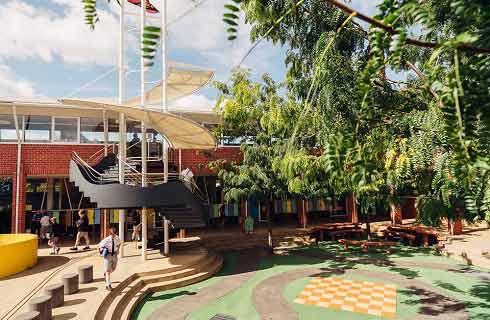
理学硕士-强度和调理
学历文凭
Masters Degree (Taught)
开学日期
课程费用总额

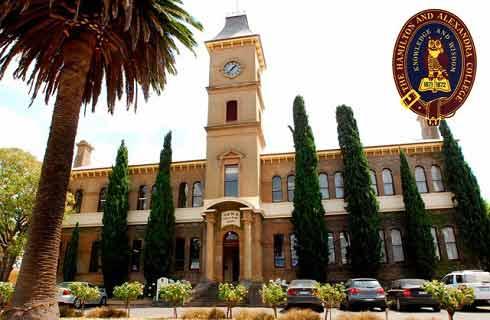
PgDip强度和调理
学历文凭
Graduate Diploma
开学日期
课程费用总额


PGDE-教育专业研究生文凭(小学)
学历文凭
Graduate Diploma
开学日期
课程费用总额

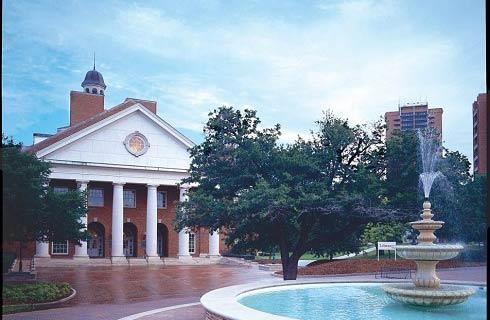
理学硕士-表现心理学
学历文凭
Masters Degree (Taught)
开学日期
课程费用总额

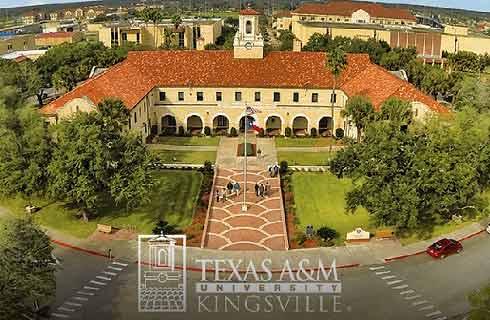
理学硕士-户外环境与可持续发展教育
学历文凭
Masters Degree (Taught)
开学日期
课程费用总额

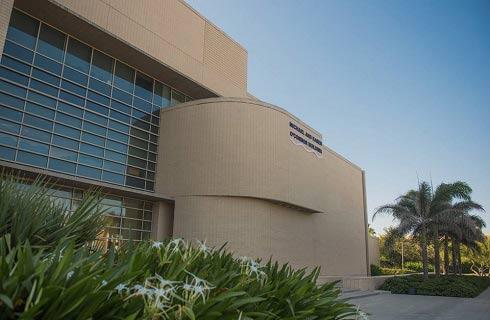
理学硕士-户外教育
学历文凭
Masters Degree (Taught)
开学日期
课程费用总额

其他相关课程
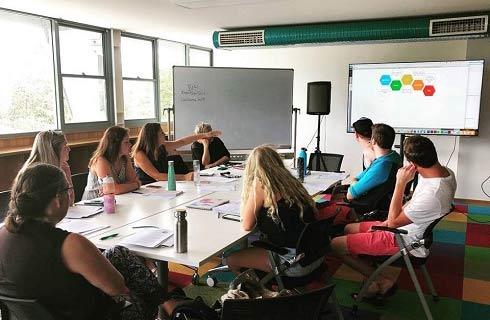
文学士(艺术管理)
 伊迪斯科文大学
伊迪斯科文大学学历文凭
Bachelor Degree
开学日期
课程费用总额

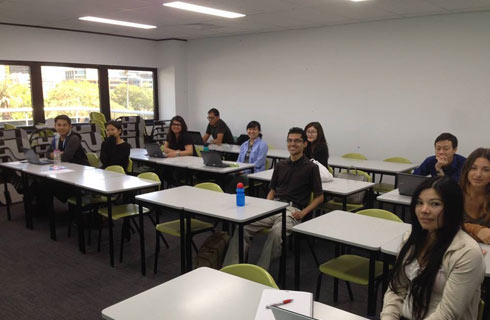
文学士(荣誉学位)
 澳大利亚凯斯林大学
澳大利亚凯斯林大学泰晤士高等教育世界大学排名:409
学历文凭
Bachelor Degree with Honours
开学日期
课程费用总额

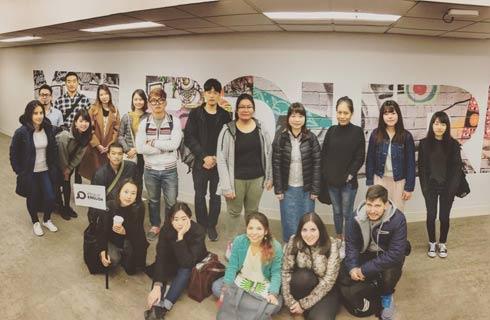
文科学士学位
 澳大利亚凯斯林大学
澳大利亚凯斯林大学泰晤士高等教育世界大学排名:409
学历文凭
Bachelor Degree
开学日期
课程费用总额


理学学士/艺术学士
 西悉尼大学
西悉尼大学泰晤士高等教育世界大学排名:352
学历文凭
Dual Degree
开学日期
课程费用总额


创意写作副学士
 南十字星大学
南十字星大学泰晤士高等教育世界大学排名:456
学历文凭
Associate Degree
开学日期
课程费用总额

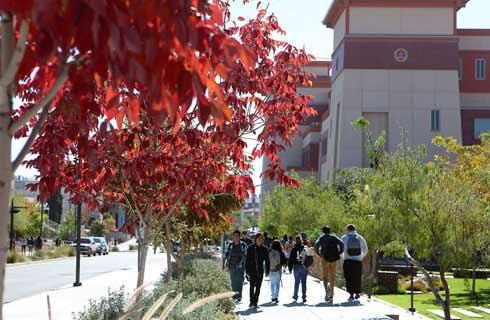
专业写作和编辑四级证书
 墨尔本理工学院
墨尔本理工学院学历文凭
Certificate IV
开学日期
课程费用总额


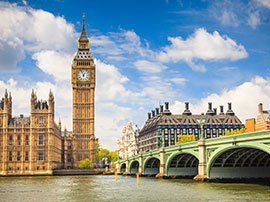
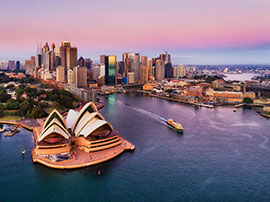
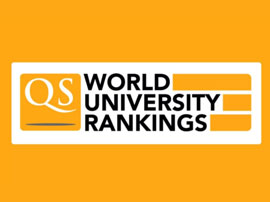
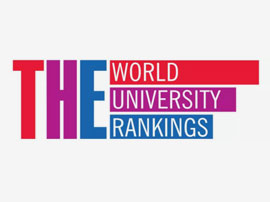




 英国
英国